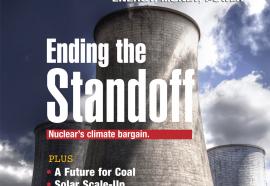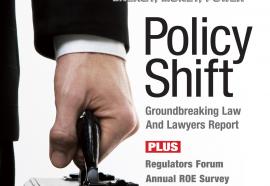Not So Fast
Proving market performance requires detailed analysis.
Now that fuel prices have fallen recently from the highs seen in 2008 and wholesale electricity prices also have decreased, it might be tempting to attribute the lower prices to the restructuring of the wholesale electricity markets. Unfortunately, it’s a little more complicated than that.








